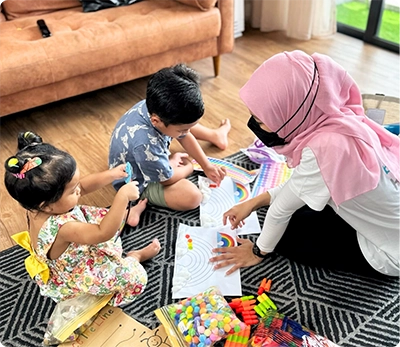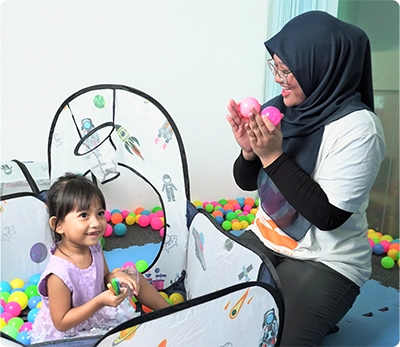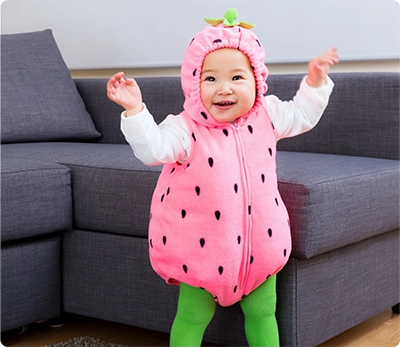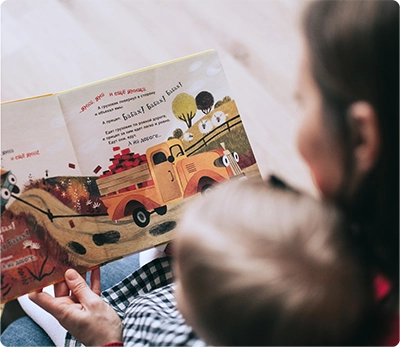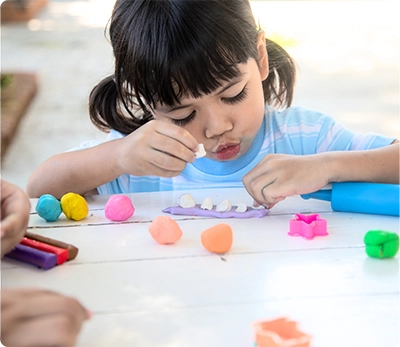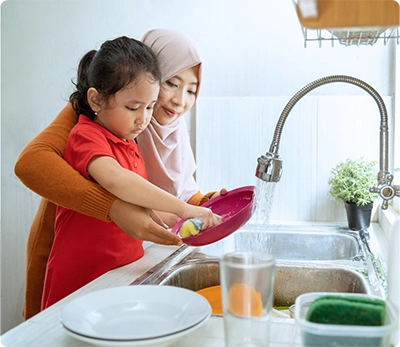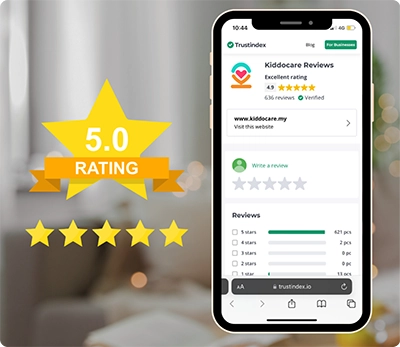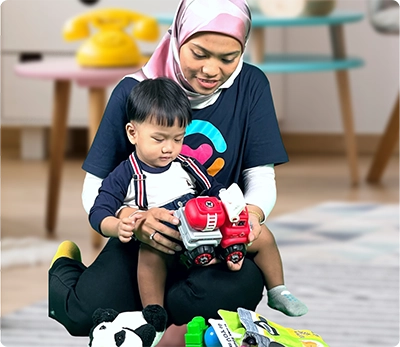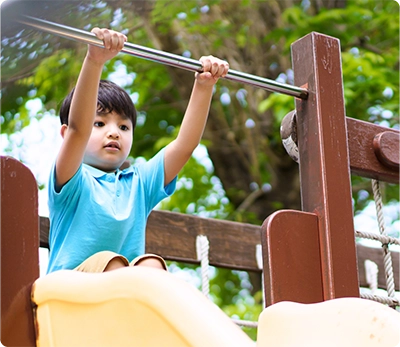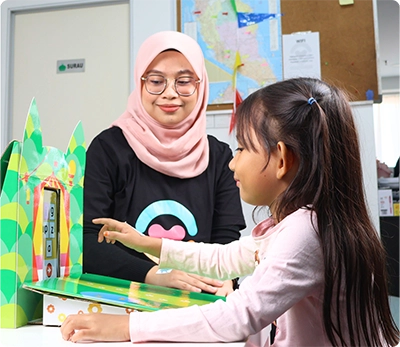If You’re a Caregiver, Let’s Take a Journey Through Time
A Brief History of Caregiving

Whether you’re an unpaid caregiver or taking care of someone for a living, it doesn’t at all change the fact that it’s a profound and timeless act of compassion, rooted deeply in the fabric of human society. Over the centuries, the way we care for our loved ones and those in need has evolved, reflecting changes in family structures, societal norms, and economic systems.
If you’re a caregiver, this is a brief history of the evolution of caregiving, both unpaid and paid. If you know a caregiver close to you, this will help us appreciate the enduring spirit of those who have dedicated their lives to caring for others.
Unpaid Caregiving: The Heart of Compassion

Ancient Times: The Love of Family & Close-Knit Community
Long time ago, caregiving was a natural extension of family life. Elders, children, and the sick were as you might have expected, cared for by family members, primarily women, who embodied the essence of compassion and duty. In close-knit communities, neighbours and extended families often lent a helping hand, creating a network of support that takes care of each other.
Early Modern Period: Extended Families and a Little Bit of Outside Help
As societies evolved, extended families became the cornerstone of caregiving. During this period, charitable organisations and religious institutions began to emerge, offering care and assistance to the poor and sick. These acts of charity were driven by a deep sense of community responsibility.
Grandparents and unmarried siblings chipped in to help with young children. The burden was often on oldest daughters who served as a secondary parent to their younger siblings while their parents were out at work, placing a heavy burden on these girls to shoulder the responsibility of parenthood at an early age.
19th Century: The Impact of Industrialisation
The Industrial Revolution brought significant changes to family dynamics. As people moved to urban areas for work, the traditional caregiving roles within extended families were disrupted. Despite these changes, women continued to shoulder the responsibility of caring for their loved ones. Volunteerism also grew during this time, with religious and community groups stepping in to fill the gaps left by the changing social landscape.

20th Century: Balancing Roles
Throughout the 20th century, women remained the primary unpaid caregivers, often juggling household responsibilities with caregiving for children, the elderly, and the sick. Social welfare programs began to emerge, providing some support to families, but the burden of care largely remained on the shoulders of family members. The spirit of caregiving persisted, driven by love, duty, and an unwavering commitment to family.
Women often found it difficult to return to work after childbirth, and many companies would favour hiring men over women as they would not leave their jobs for childbirth and caring for their child.
Paid Caregiving: The Rise of a Profession

Ancient Times: Servitude and Care
In many ancient societies, caregiving for the wealthy was often provided by slaves and servants. These individuals played crucial roles in child rearing, nursing, and elder care, though their contributions were rarely acknowledged or valued.
These servants were kept by a family for generations, and their children and grandchildren grew up serving and caring for their masters’ own children and grandchildren.
Early Modern Period: Domestic Servants
As we moved into the early modern period, the role of domestic servants became more defined. Wealthier households employed servants who took on caregiving responsibilities, ensuring the well-being of children and the elderly. This period marked the beginning of a more structured approach to paid caregiving.
Caregiving was one of the few jobs that were allowed to women, and it was common that those living in poverty and could not rely solely on their husband’s income to support their household had to turn to become domestic servants for the wealthy.
It was common for them to neglect their own children as they spent more time on the children they were caring for.
19th Century: The Birth of Professional Nursing
The 19th century saw a groundbreaking shift with the formalisation of nursing as a profession. Nursing schools were established and professional standards for caregivers began to take shape. Institutions like hospitals and asylums emerged, providing care for the sick and mentally ill, and employing paid caregivers who brought a new level of dedication and skill to the profession.
A key figure in the nursing profession was Florence Nightingale, who cared for soldiers during the Crimean War in the 1850s. She pushed to formalise nursing in the healthcare industry that was mostly led by men at the time. In 1860, she established the first scientifically based nursing school, the Nightingale School of Nursing at St. Thomas’ Hospital in London.
In terms of childcare, nannies, governesses, and babysitters were employed. Most live-in caregivers were not paid a salary, but were provided a place to live and food as part of their compensation.
20th Century: Expansion and Professionalisation
The 20th century witnessed significant growth in healthcare professions. The roles of nurses, home health aides, and personal care aides expanded, reflecting the increasing demand for professional caregiving services. Governments and the private sector began to play more prominent roles in providing care for the elderly, disabled, and chronically ill, leading to a greater reliance on paid caregivers.
Babysitting began to grow in popularity due to a variety of social trends, the expansion of the middle class, declines in the birthrate and a rising desire among mothers and fathers in the 1920s for leisure and recreation. This became a popular side job among young teenage girls looking to obtain additional income.

Late 20th Century to Present: Home Care and Globalization
In recent decades, the preference for receiving care at home has surged, driving the demand for home care services. Agencies providing paid home caregivers have proliferated, offering a lifeline to families who wish to keep their loved ones close. With the advancement of technology, you can now even book for home care services just using apps and conveniently get a caregiver based on your requirements. The caregiving profession has also become more regulated, with certification and training requirements ensuring high standards of care. Additionally, globalisation has seen many caregiving roles filled by migrant workers, highlighting global economic disparities but also showcasing the universal nature of caregiving.
By 2035, Malaysia will be in the ageing group countries as 15% of the entire population will be above 60 years of age. More ageing care centres are available as another option for caregiving to cater the demands of the ageing population. Currently, there are about 365 registered elderly care centres available in Malaysia.
To All Caregivers Out There, Thank You
The evolution of caregiving is a testament to the enduring human spirit and our innate capacity for compassion. Whether unpaid or paid, caregivers have always been the unsung heroes, dedicating their lives to the well-being of others. As we reflect on this rich history, let us honour and celebrate the caregivers of the past and present, recognising their invaluable contributions to our families and society.
To all the caregivers out there, thank you for your commitment, love, and care. Your dedication shapes the world and touches lives in ways that words could never capture.




